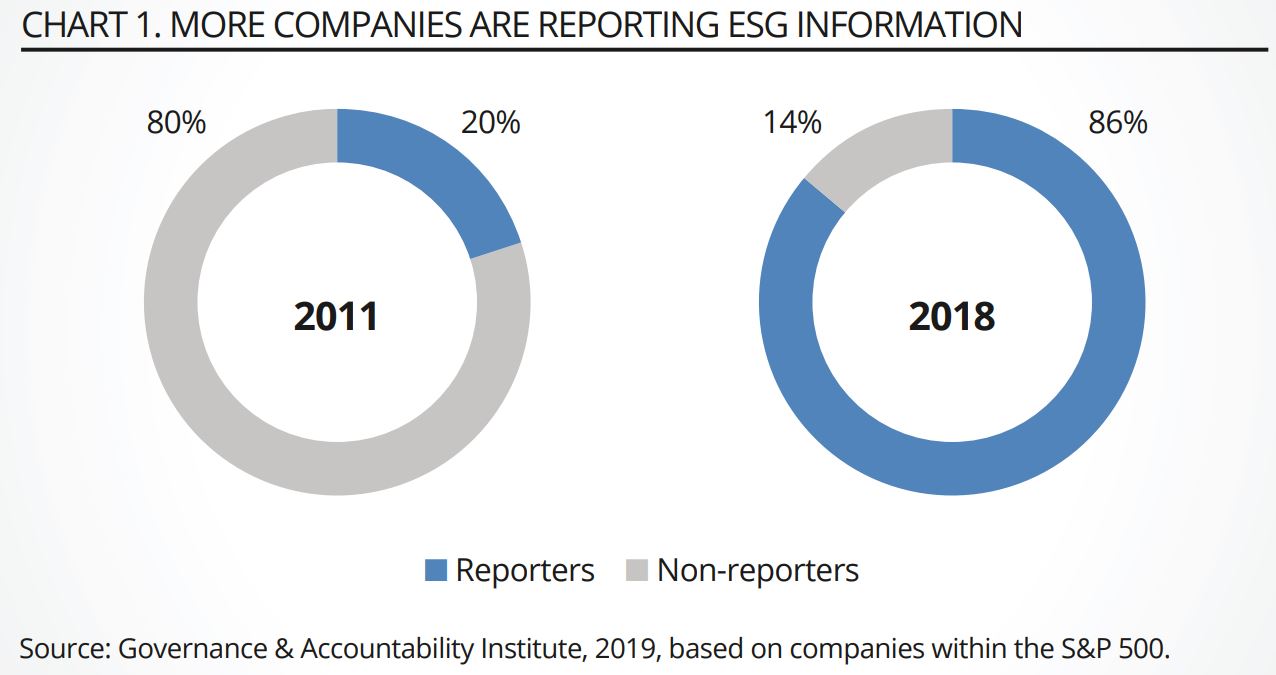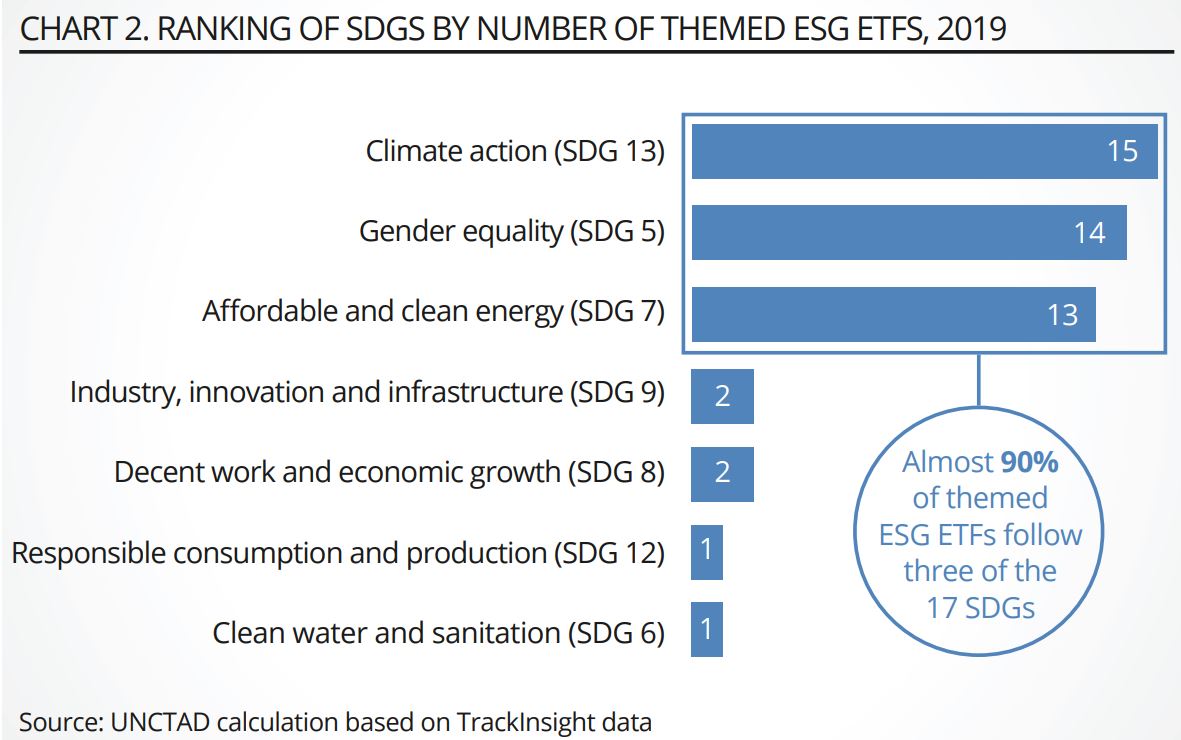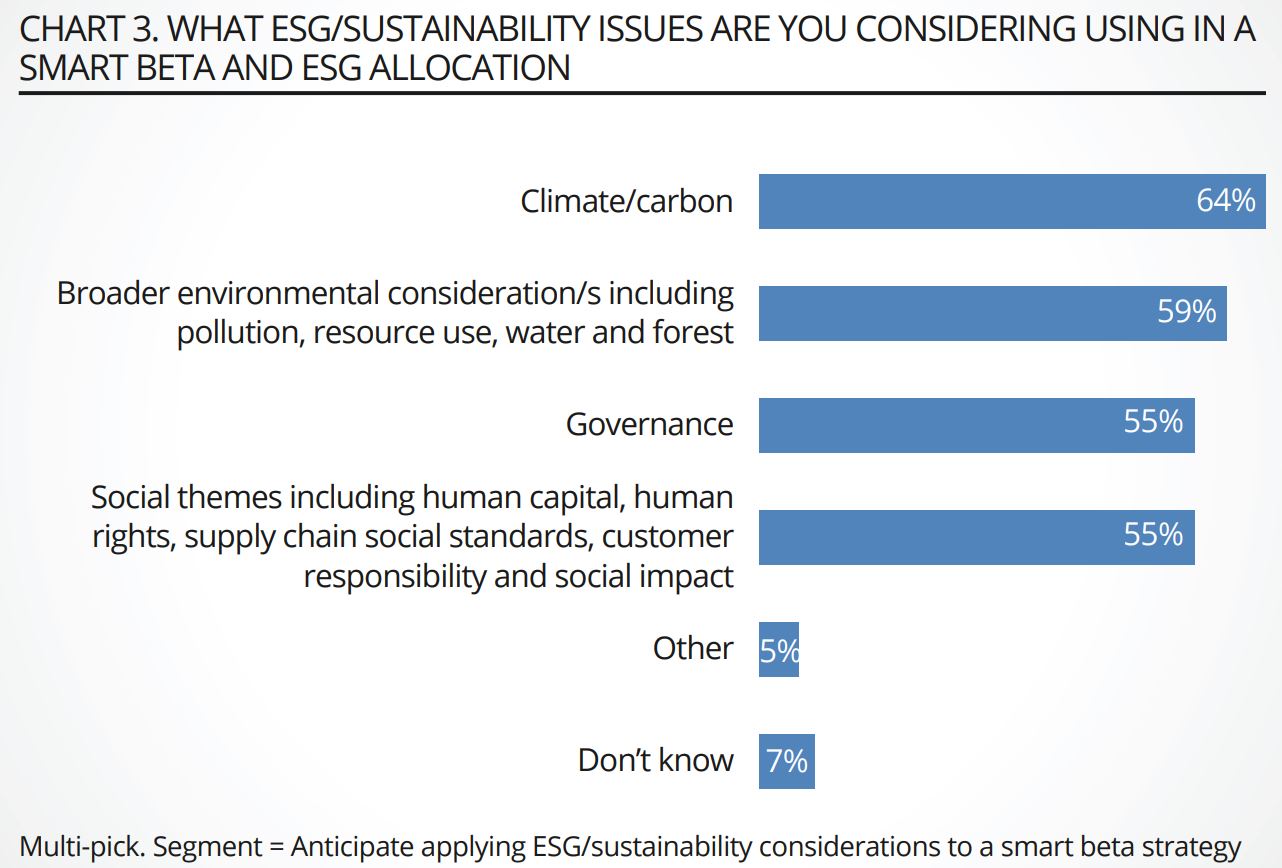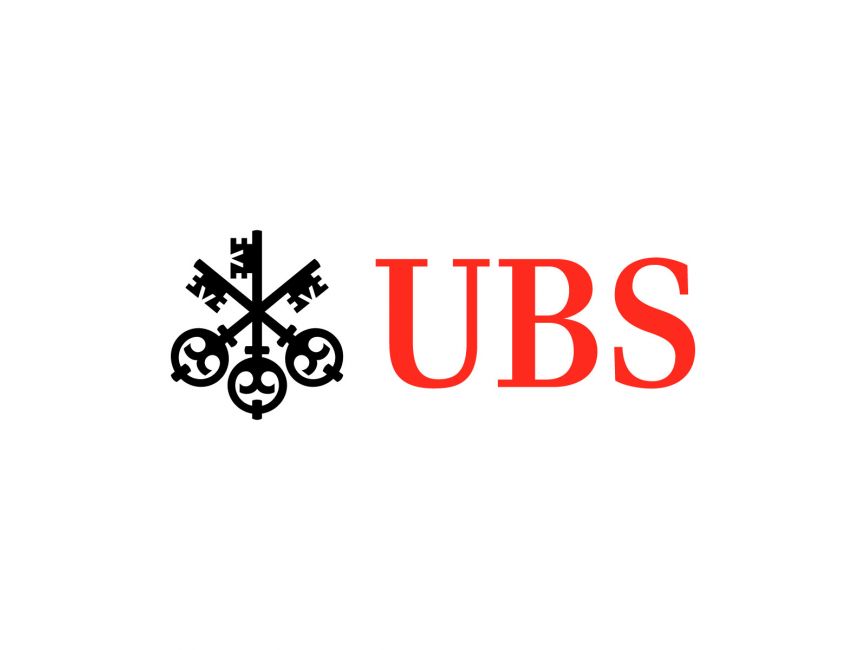Assets in ESG ETFs have ballooned this year as demand for low-cost ways to invest sustainably grows, but opinions differ on whether it is possible to achieve real positive impact via passives. Yet even as opponents argue impact investing is the realm of active managers, ETF issuers are working on products to rival active propositions.
Impact investing is the most rigorous approach to ESG which aims to generate a measurable beneficial social or environmental impact alongside a financial return. A key part of achieving this is engagement with investee companies and passive providers have long been criticised for lack thereof.
According to Fred Kooij, CIO at Tribe Impact Capital, “in their current form, ETFs and passive vehicles are not the right tool to place money into the market if you’re seeking to achieve both financial and positive impact return”.
He argues that “investing for impact can’t be silent on what a company does”, and the fact that passive funds cannot exercise voting rights means they “become as much a part of the problem as their holdings are”.
However, leading passive providers say they are far from powerless when it comes to engagement, arguing that they are able to use their scale to put pressure on all companies they invest in, whether actively or passively.
Tom McGillycuddy, founder of impact investing app Tickr, said: “Engagement is all about who owns the companies, and how much clout they have. BlackRock is the biggest passive manager in the world, but do you think they do not engage with the companies they own through their ETFs? They do, frequently. Why?
Because they are the biggest investors in the world, so whether they hold those companies in ETFs or active funds, it does not matter.”
‘Dirty little secret’: Exxon inclusion in ESG ETFs highlights carbon emissions issue
In fact, according to Manuela Sperandeo, head of EMEA smart beta, sustainable and thematic ETFs at BlackRock, being unable to sell positions from an index fund means passive providers have no choice but to engage in order to fulfil their stewardship responsibilities.
“Over the past 12 months, this approach saw us vote against management at 53 companies, where we found corporate leadership unresponsive to investors’ concerns about climate risk or assessed their disclosures to be insufficient given the importance to investors of detailed information on climate risk and the transition to a low-carbon economy,” she said.

Index construction
When it comes to constructing an index to create positive impact, there are a number of options available to passive providers. In the early days, exclusion was the most commonly applied strategy, but today products are becoming more sophisticated. For example, Sonja Laud, CIO at Legal & General Investment Management, said the firm has started using tilting mechanisms to create ETFs that produce “tangible effects with regards to carbon footprinting, for example”.
Laud said LGIM is particularly focused on developing passive decarbonisation strategies, and it is not alone. This year has seen the launch of a number of climate change ETFs and smart beta products aligned with the Paris Agreement goals, including offerings by Lyxor, Franklin Templeton, Amundi and Ossiam. Tickr, which currently uses ETFs from BlackRock, UBS Asset Management and Lyxor to construct diversified impact themes, also plans to launch its own suite of impact ETFs starting next year, covering climate, equality and disruptive tech.
Tickr’s McGillycuddy said creating impact ETFs is all about investing in companies that already have a positive impact, such as renewable energy, “therefore driving attention towards them, driving positive news, driving up their stock price, which in turn allows them to raise capital at cheaper rates and expand their operations, therefore expanding their impact”.
“If you take the 50 best companies for impact in the world, and invest in them all, that is impact,” he continued. “This is how we will construct out ETFs - impact first (by using our own impact methodology) which leaves us with a basket of high impact companies; we then create an index from this and launch an ETF. We think active returns - for the fees paid - are not worth it.”

Global Standards
Meanwhile, although the lack of common impact investing standards is a challenge for the industry, there are frameworks against which investors can measure the impact of their ETFs.
The most commonly used are the UN Sustainable Development Goals (SDGs) – 17 global goals aiming to achieve a more sustainable future for humanity.
According to UNCTAD, all thematic ESG ETFs in Europe, which made up around 20% of the European ESG ETF universe, target specific SDGs. The range of such thematic funds continues to grow, with recent launches covering such themes as gender equality, water and sustainable food.

Rahul Bhushan, co-founder of Rize ETF, which recently launched ETFs focusing on sustainable food and digital learning, said many of the ESG ETFs available in the market are “benchmark minus” products, investing in an index such as the MSCI World minus alcohol, tobacco and coal.
“Instead, we wanted to create ‘theme plus’ products,” Bhushan said. “We started with education and food. Education is SDG 4, while sustainable food touches a broad range of areas when it comes to SDGs.”
However, UNCTAD noted that the majority of existing products cover just three SDGs, while 10 of the 17 goals are not targeted at all, so there is still much room for development. Future innovation in this area will depend on whether we see continued strong demand for impact ETFs from investors.
Anna Fedorova is a freelance journalist
This article first appeared in the Q4 2020 edition of Beyond Beta, the world’s only smart beta publication. To receive a full copy,click here.








